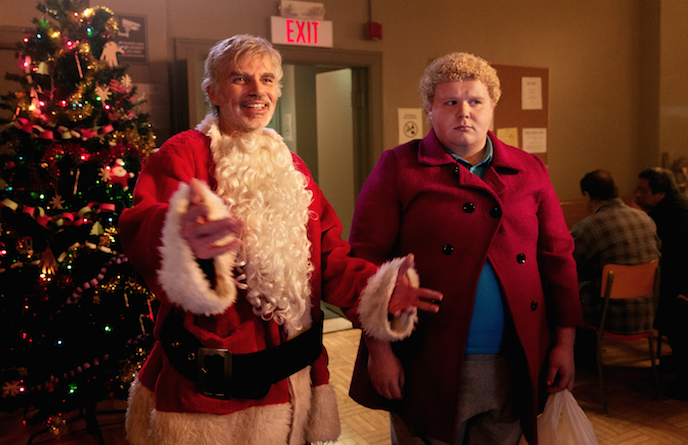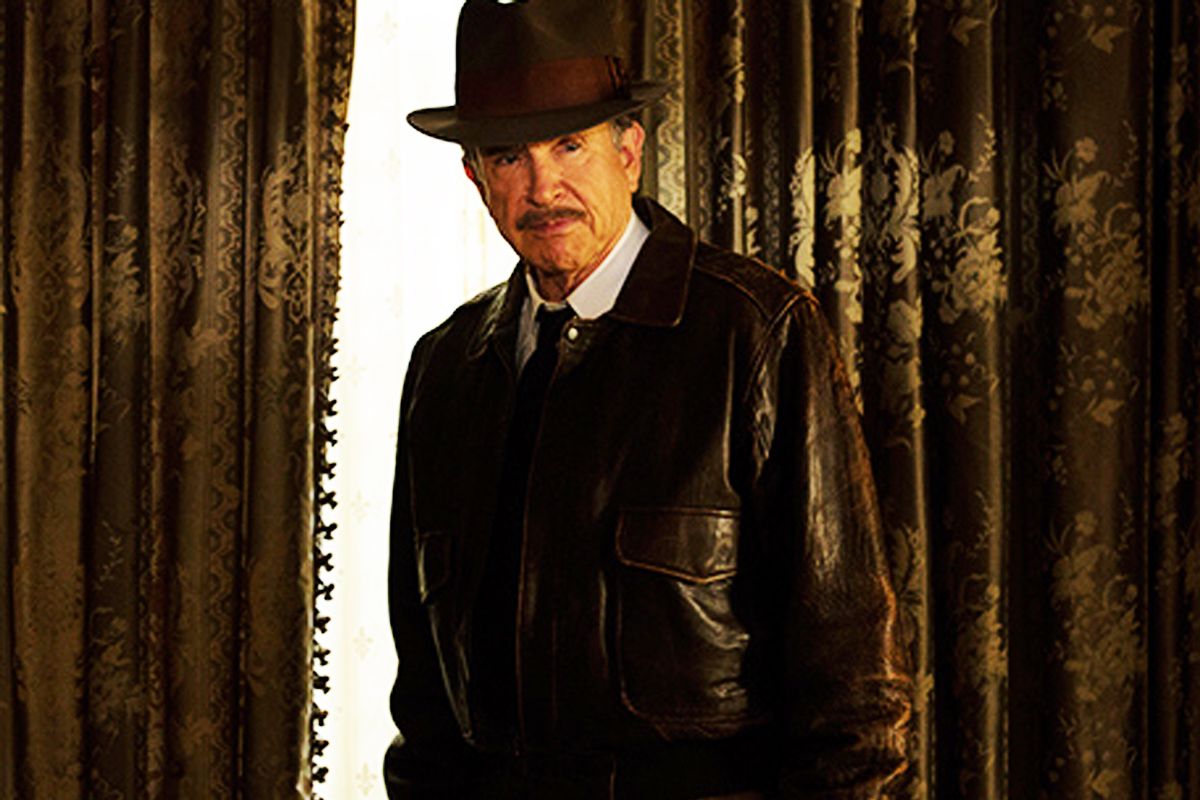Finally! We’ve been kicking this one around for a long time, but this week – with the help of Vince and Grant of the podcast In the Record Store – we finally tackle the best black and white films in horror.
What a list! We had no choice but to employ fuzzy math for this one, and even so we had to leave off so many greats – including some that Grant and Vince would have included.
6. Night of the Living Dead (1968)
From the brightly lit opening cemetery sequence to the paranoid power struggle in the house to the devastating closing montage, Night of the Living Dead teems with the racial, sexual and political tensions of its time. An unsettlingly relevant George A. Romero knew how to push societal panic buttons.
As the first film of its kind, the lasting impact of this picture on horror cinema is hard to overstate. Romero’s inventive imagination created the genre and the monster from the ground up.
They’re dead.
They’re back.
They’re hungry for human flesh.
Their bite infects the bitten.
The bitten will eventually bite.
Aim for the head.
Romero served as cinematographer for this project, likely choosing black and white as a cost saver, but we’d later learn that this format is 1) highly forgiving of zombie makeup, and 2) spookier. The color palette turns the Waltons-esque setting of the farm house into something isolated and sinister.
The shrill sense of confinement, the danger of one survivor turning on another, and the unthinkable transformation going on in the cellar build to a startling climax – one that utterly upends expectations – followed by the kind of absolutely genius ending that guarantees the film’s eternal position in the annals of horror cinema.
5. Eraserhead (1977)
There truly is no film quite like David Lynch’s first feature, eh?
Eraserhead defies simple summarization. Easily the most surreal of all Lynch’s films – which is a huge statement – the film follows sad-sack Henry Spencer (Jack Nance) dealing poorly with fatherhood.
The film becomes a nightmare of paternal angst and existential crisis – indeed, it may be impossible to name a film or filmmaker more able to bring a nightmare to life.
It’s also among the finest examples of corporeal horror you will find. The shadowy, grimy b/w photography – partially handled by Lynch’s longtime cinematographer Frederick Elmes – amplifies the dismal stagnation facing Henry.
At the same time, it gives a weird, nostalgic camp factor to the Lady in the Radiator and adds a particularly lurid element to that whole bleeding “chicken” thing.
Plus, the baby. Yikes. Alive with the most disturbing imagery, Eraserhead is impossible to forget.
4. Psycho (1960)
Among the four Oscar nominations the film garnered was one for John L Russell and his gorgeous black and white cinematography.
By 1960, most folks had abandoned black and white – including Hitchcock. But with his truest foray into horror, the master returned to the high contrast imagery for a number of reasons.
Sure, one of those was that it freed him up with the blood. Had all that stuff in the shower been red, he’d never have gotten away with it. Mrs. Bates wouldn’t have looked quite right, either.
Russell’s visuals also gave the film its lonesome American Gothic quality. Norman seemed more innocent, Marion Crane seemed more mysterious, and the old Bates house seemed spookier.
Of course, was there ever a question Hitch knew what he was doing?
3. Frankenstein (1931)
James Whale’s genius was in finding the monster fascinating, rather than the doctor. Nearly every other Frankenstein made before or since has been preoccupied with the doctor, but Whale understood that it was this unique beast, baby and man, evil and innocent, that should compel our interest. Who cares about one more doctor with a god complex?
Luckily for Whale, he had Boris Karloff. Karloff’s gift was in seeing the monster as a neglected child. His monster is sweet and tragic, characterized by the terrible freedom of a loosed child full of fear, unbridled excitement and shame. Karloff nails this childlike energy and ignorance married to a grown man’s strength in a way that no other actor truly has.
Obviously, in 1931 Whale had no choice but to film in black and white, but how fascinating that a movie without color created a green monster. What a testament to the film’s vidid imagery – created with the help of make-up guru Jack Pierce. A nightmare of greying flesh, black stitches and mechanical pieces, this image of the monster speaks of death, mad science and bad intentions.
https://www.youtube.com/watch?v=McUce_xwxeA
2. Nosferatu (1922)
Not the seductive, European aristocrat, cloaked and mysterious, oh no. With Count Orlock, filmmaker F. W. Murnau explores something more repellant, casting an actor who resembles an albino naked mole rat.
Given that Murnau equates the film’s vampire-related deaths with the plague, this vermin-like image fits well. But more than that, thanks to a peculiarly perfect performance by Max Schreck, Murnau mines the carnality of the vampire myth for revulsion and fear rather than eroticism.
Murnau’s gift was not solely in casting. The shadows danced, the dead rose and Europe writhed with the dead and dying. His skill with the camera was unparalleled. Between his casting and his camera, he made the most authentic vampire movie – perhaps ever.
Sure, the silent film style of acting appears nothing short of quaint today, and the Dracula tale has been told too, too often at this point. But Max Schreck is a freak, and in his bony, clawlike hands, Count Orlock remains the greatest vampire ever undone by a sinless maiden.
1. The Bride of Frankenstein (1935)
James Whale and Boris Karloff – with tag along make-up man Jack Pierce – returned to Castle Frankenstein for an altogether superior tale of horror. What makes this one a stronger picture is the dark humor and subversive attitude, mostly animated by Frankenstein’s colleague Dr. Pretorius (Ernest Thesiger).
Thesiger’s mad doctor makes for a suitable counterpart to the earnest and contrite Henry Frankenstein (Colin Clive, again), and a sly vehicle for Whale. This fey and peculiar monster-maker handles the most brilliant dialogue the film has to offer, including the iconic toast, “To gods and monsters.”
The sequel casts off the earnestness of the original, presenting a darker film that’s far funnier, often outrageous for its time, with a fuller story. Karloff again combines tenderness and menace, and Elsa Lanchester becomes the greatest goth goddess of all film history as his Bride.









